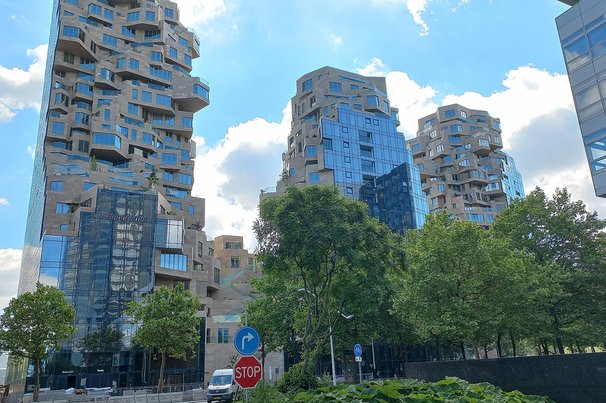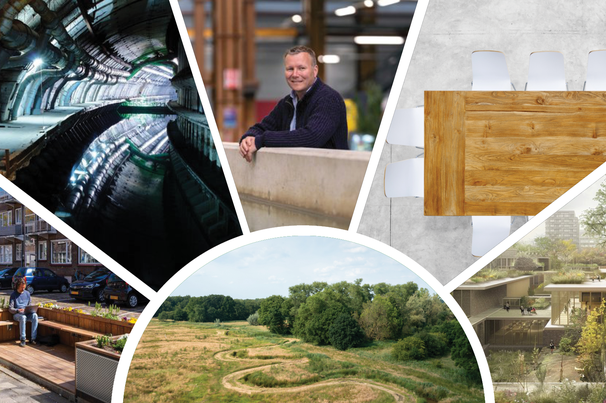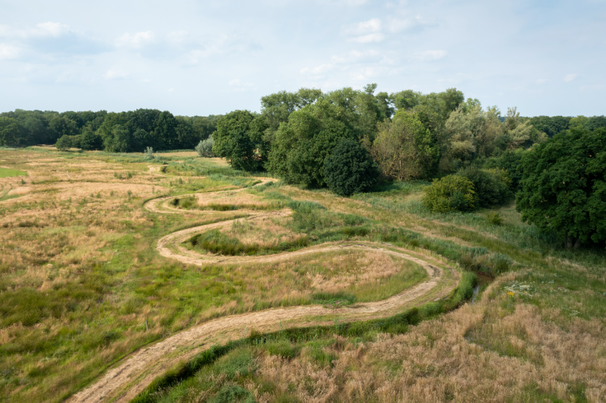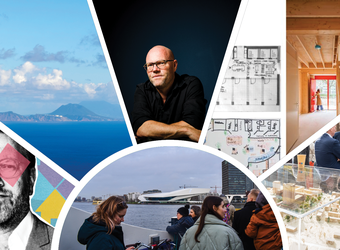17 maart 2017
5 minuten
Nieuws Urbanisatie, klimaatverandering, werkgelegenheid, digitalisering, mobiliteit en uitputting van bronnen; allemaal kwesties die maatschappelijke transformaties teweegbrengen. Hoogwaardige digitale infrastructuur is nodig voor betere bereikbaarheid, luchtkwaliteit, een gezonde leefomgeving en energie-efficiënte huizen en gebouwen. De ontwikkeling van slimme steden wordt daarvoor steeds relevanter.
Technology has been incorporated by cities for many years. However, the pace at which this adoption takes place is increasing rapidly as disruptive digital technologies have the potential to solve major metropolitan challenges. As a consequence, urban areas transform into ‘smart cities’.
A city is smart when investments in (i) human and social capital, (ii) traditional infrastructure and (iii) disruptive technologies fuel sustainable economic growth and a high quality of life, combined with thoughtful management of natural resources, through participatory governance.
In the transformation to become a smart city, disruptive technology is only one of the drivers. The second ingredient of smart cities is data, the lifeblood of smart solutions. The challenge is to use the power of data to create smart solutions that address real needs of city users and are perceived as meaningful by them. Their intuitive design causes them to be adopted naturally, resulting in changes of behavior that are lasting. In the end, smart solutions are all about human behavior. Finally, the third cornerstone of smart cities is smart people. Focus on employability and winning the ‘war for talent’ is vital for sustainable economic growth.
The mix of roles
A smart city is the result of the efforts of many stakeholders, working together in partnerships of different shape and form. Smart cities require a government that is able to combine several vital roles. To be most effective, city government must make deliberate choices on the mix of roles through which it engages city challenges in the most effective way. Each role must be developed at a mature level.
- Strategist & Advocate: Sets out a clear direction for the city: what is our vision and ambition as smart city and how do we want to realize this? Furthermore: be an active advocate of the city as innovative hub for new business.
- Director & Regulator: Create or change laws and regulations to allow new business models and disruptive entries, and simultaneously protect the interests of citizens and users of the city.
- Connector & Protector: Secure modern transportation infrastructures, energy grids and digital networks. Set standards and take measures to make these vital infrastructures resilient and safe.
- Innovator & Investor: Apply the principles of innovation in the internal organization and processes. Stimulate innovative solution by acting as launching customer.
- Steward: Create an environment in which new businesses and smart solutions can emerge and grow. For example by providing ‘open data’ and by facilitating startups.
- Solution enabler: Build ecosystems by gathering parties that normally do not work together to deliver creative new solutions that neither of the parties could have realized on its own.
Examples of smart city technology
An example of smart city technology applies to land use planning, which is a critical function of all cities. Because the data used from smart city technologies is much more real time and accurate, land use planning is about to become much smarter. Data sets from transportation, engineering and planning departments could be combined into a wide platform, which would drastically improve land use planning as all decision makers would have equal access to the same data. An example of this is set by Uber. Uber recently launched Uber Movement, a website that uses Uber’s data to help urban planners make informed decisions about our cities. This is an example of the use of data in city planning in a new way.
Another example of smart city technology can be spotted in Rotterdam. The municipality of Rotterdam is developing a 3D-model, which should help? transform the city into a smart city. The model will be used for simulation purposes, city planning, design, city management, city marketing, and analysis. The 3D-model provides smart solutions. Users are urban designers, licensing authorities and the managers of all municipal infrastructure such as lampposts and cables and pipes. Questions like ‘how far do roots of trees reach’, ‘to what depth are the underground containers exactly positioned’, ‘how does sound move through the city of Rotterdam’, are answered by this model. Possible implications with new construction plans could easily be visualized by using a simulation. Rotterdam is aiming to have an even more advanced model ready by 2020, which would also provide real time information on traffic, current water levels, and the filling degree of garbage containers. The 3D-model does also give citizens insight into planned projects and the consequences for their particular district, in order to add up to their comprehension of the choices that are made by the municipality. The vision for the future of Rotterdam is a digital city with similar dynamics as the physical city.
Cities don’t become smart on their own
Cities need to cooperate and learn from each other. As said by the global smart city community and coalition:
'Cities are continuously subject to transformation. Now, with the need for cities to become more sustainable and the opportunities provided by digitalization, cities have a lot of work to do. Each city is developing new services and integrating new solutions, while continuous trying to connect to the needs and activities of its residents. As cities all over the world are facing this transformation, there is a need for collaboration. Cities need to make their solutions interoperable, scalable and replicable so that other cities can use them as well. This will accelerate the development and implementation of the solutions, while lowering the costs and preventing lock-in.'
The need for partnerships was stressed during the EU seminar ‘Investing in Europe: building a coalition of smart cities & regions towards a Third Industrial Revolution’.
‘If the EU is to meet its climate change commitments, end energy poverty and drive sustainable growth, regions and cities must become smarter by strengthening cooperation and better exploit new technologies.’
Shaping the future
The first examples of smart city technology use have been realized the last few years. But this is only the beginning. We expect an enormous growth of initiatives within the ecosystem. Due to partnerships, ecosystems and a lot of experimentation cities will become much smarter in the upcoming years. Governments are setting up strategies and partnerships to shape the future of becoming a smart city. Smart cities are here to stay and the government plays a vital role in this process. Awareness and the next level of maturity of initiatives is one of the big steps in 2017.
Bronnen
https://gsc3.city/smart-city-strategie/
https://movement.uber.com/cities
Dit artikel verscheen eerder op www.deloitte.com. Het rapport 'Real Estate Predictions 2017' kan hier (pdf) gedownload worden.
Cover: ‘Toetsenbord’




